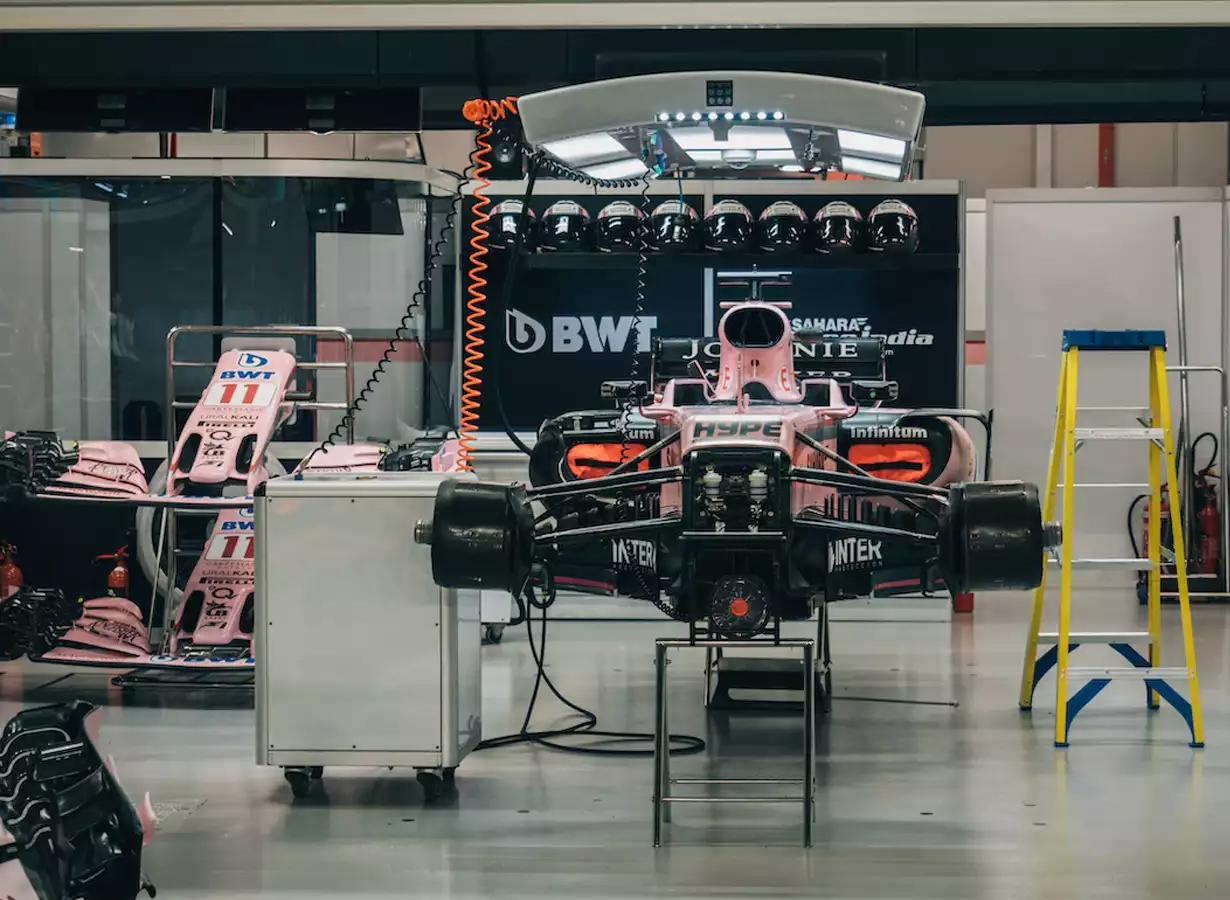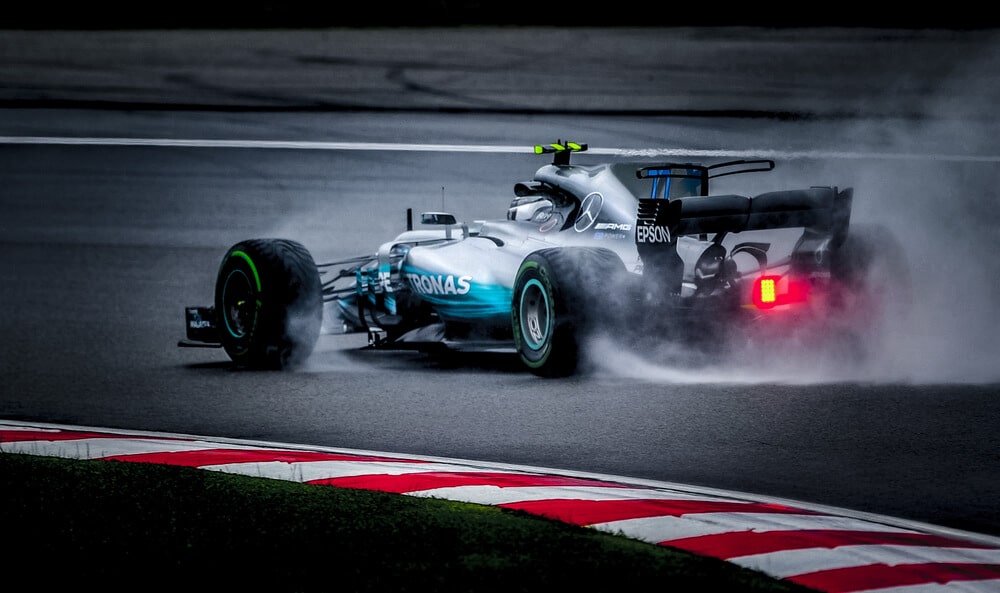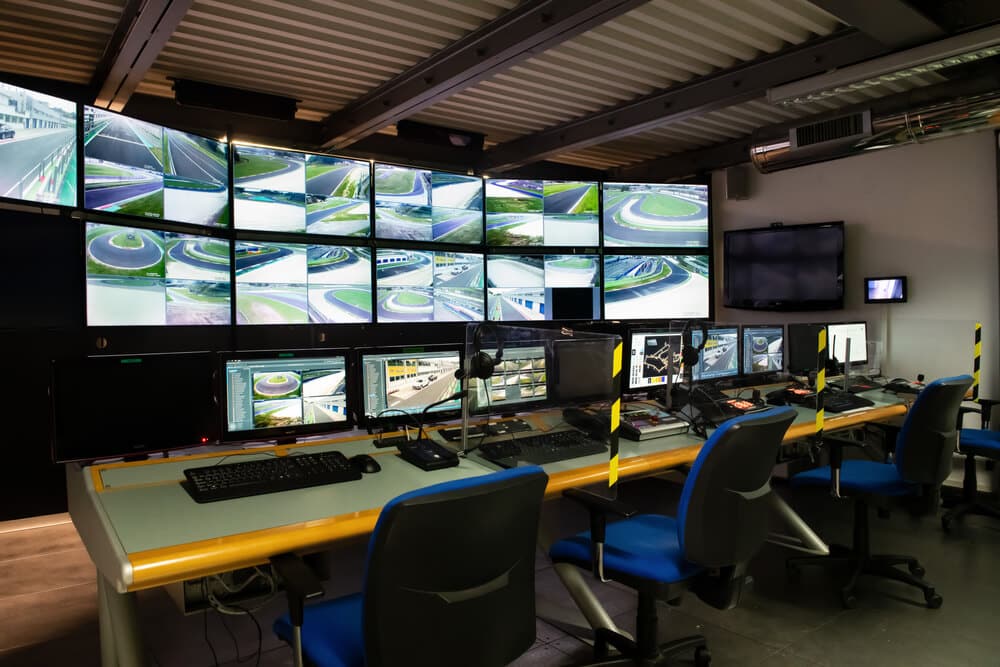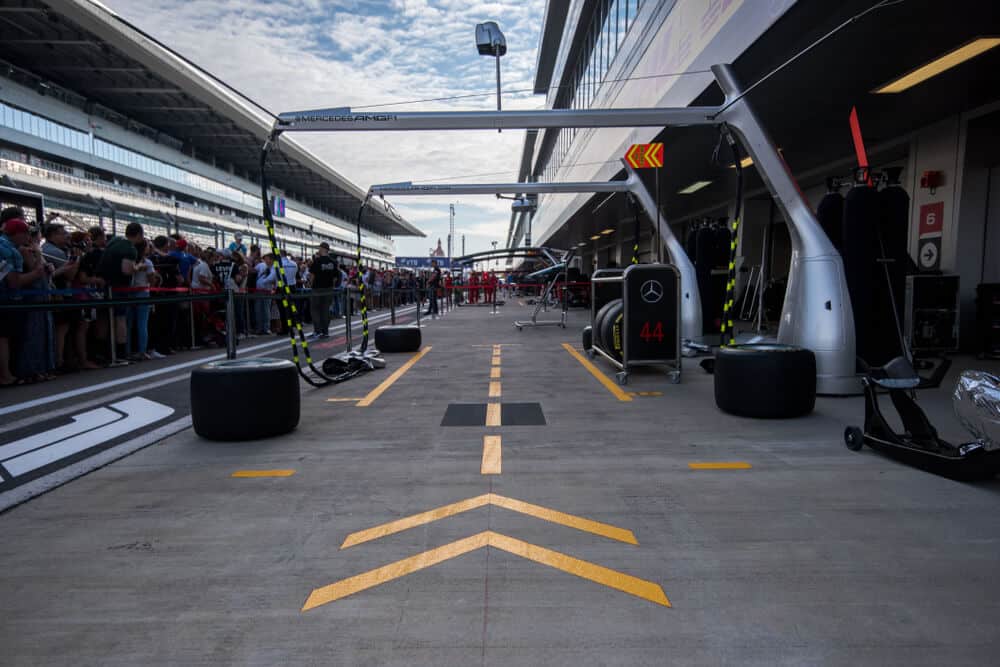Finding balance in Formula 1 is one of the most important aspects of success. Teams and drivers spend countless hours trying to find the perfect equilibrium between grip, speed, and consistency.
If they get it wrong, they will lose out on crucial championship points.
In this article, we will explore what balance means in Formula 1, and discuss some of the challenges that drivers and teams face when trying to achieve it.
Table of Contents
Watch this video to understand how break balance in Formula One works.
What is a balance in F1?
In simple terms, balance is finding the perfect setup for your car. This includes everything from the weight distribution to the suspension settings. Getting these things right is essential for a fast and consistent lap time.
However, it is important to note that balance is not just about raw speed. A car that is perfectly balanced will be easy to drive, and this is often just as important as outright pace.
After all, a driver who can’t control their car is not going to win any races!
Finding the perfect balance is a difficult task, and it is one that teams are constantly working on. They will use data from practice sessions and races to try and find the optimum setup for their car.
It is a never-ending process, and one that can often be the difference between winning and losing.
Key takeaways
Here are some key takeaways:
- Balance refers to finding the perfect setup for your car. This includes everything from the weight distribution to the suspension settings.
- Getting balance right is essential for a fast and consistent lap time.
- A car that is perfectly balanced will be easy to drive, and this is often just as important as outright pace.
- Teams employ different techniques to get a perfect balance. They use data from practice sessions and races to try and find the optimum setup for their car.
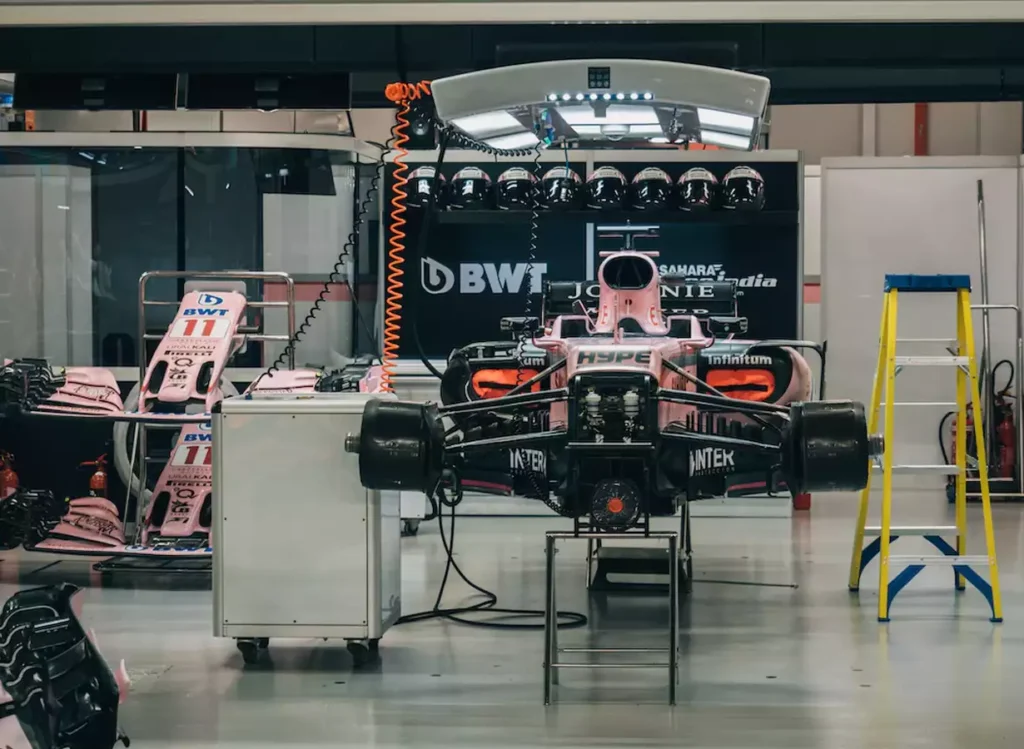
Photo showing a F1 team adjusting balance on their car.
Understanding balance
Now that we have discussed what balance is, let’s take a more in-depth look at how it affects a car’s performance.
How Does Balance Affect a Car’s Performance?
There are three main areas where balance plays a role in a car’s performance: grip, speed, and consistency. Let’s take a look at each of these:
1. Grip
The grip is the force that keeps the tires in contact with the road. If the grip levels are too low, the tires will start to slide, and the car will lose speed. Conversely, if the grip levels are too high, the tires will start to overheat and degrade quickly.
Finding the perfect grip level is essential for a fast lap time. Too much grip will result in slower speeds, while too little grip will lead to inconsistency and tyre wear. It is a fine balance that teams are constantly trying to find.
2. Speed
Speed is the most obvious benefit of a well-balanced car. If everything is set up correctly, the car will be able to extract maximum performance from its tyres and power unit. This will result in quicker lap times and ultimately, more success on the race track.
3. Consistency
In addition to outright speed, a well-balanced car will also be more consistent. This is because the tyres will be operating within their optimum working range. As a result, they will last longer and perform more consistently throughout a race stint.
Speed is the most obvious benefit of a well-balanced car. If everything is set up correctly, the car will be able to extract maximum performance from its tyres and power unit.
What are the challanges in achieving balance?
Achieving balance is not easy, and there are a number of challenges that teams and drivers face. Here are some of the key ones:
1. Weight distribution
The weight of the car has a big impact on balance. It is important to get the distribution right, as this will affect the grip levels and the handling of the car.
2. Suspension settings
The suspension plays a vital role in how the car handles. Getting the settings wrong can lead to a car that is difficult to drive.
3. Tyre choice
The tyres are another key factor in balance. The wrong choice can lead to inconsistency and poor grip levels.
4. Weather conditions
The weather can also have an impact on balance. For example, a car that is well-balanced in the dry may struggle in the wet.
A car that is said to have a "break balance" is one that is more stable under braking.
Different types of balance
There are two main types of balance. Let’s take a look at them.
Break balance
A car that is said to have a “break balance” is one that is more stable under braking. This is because the weight is shifted forwards, which puts more pressure on the front tyres. It is a popular setup for circuits that have a lot of braking zones, such as Monaco and Singapore.
Aerodynamic balance
A car that is said to have “aerodynamic balance” is one that is more stable in high-speed corners. This is because the downforce generated by the aerodynamics pushes the car to the ground, providing extra grip. It is a popular setup for fast tracks like Monza and Spa.
A car that is said to have "aerodynamic balance" is one that is more stable in high-speed corners.
Frequently asked questions about balance in Formula One
What do F1 drivers mean when they say balance is off?
Do Formula 1 drivers need to have a good balance in the car?
Can bad balance lead to understeering or oversteering?
Conclusion
Balance is important in Formula 1, as it can make the difference between a car that is quick and consistent, and one that is slow and difficult to drive.
Teams achieve balance by setting up the car correctly, which includes choosing the right tyres and distributing the weight evenly.
So, next time you watch an F1 race, keep an eye out for how the cars are balanced.

